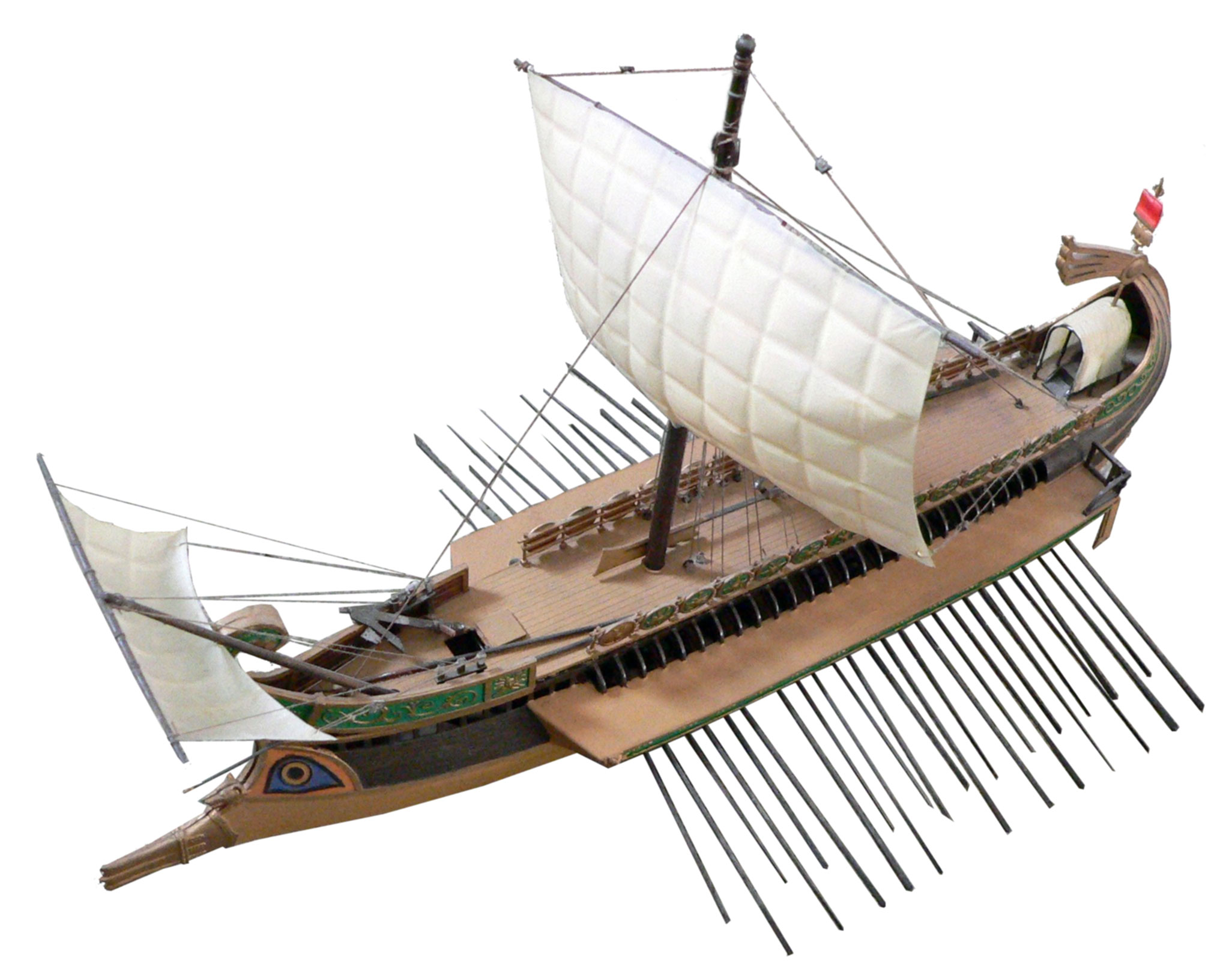Protozoa: belong in a grouping of eukaryotic unicellular heterotrophic protists, such as an amoeba or ciliate. They exist through aqueous environments and soil, occupying various trophic levels.
Huh?
How about this. Protozoa consist of a single cell that spend their lives in a membrane and have no nucleus.
Heterotroph means...well, let's put it this way. 95% of all living organisms are heterotrophic. No more explanation necessary. They love living in watery areas as well as underground...and I am a huge fan of them.
There are four major ways that protozoa get around (called locomotion), and it is one of these that caught my attention and left me in awe of a very, very creative God.
Ciliary locomotion:
Cilia operate with a unilateral beat lying in a single plane.
(They are lying flat and one whole side moves at a time.)
As cilium moves backward it is almost rigid; upon recovery it becomes flexible and the tip appears to be dragged along the body of the organism.
(The little hairs on the sides of the organism row.)
Cilia either completely cover or are in bands or clumps, so they must be closely coordinated with the movements of all other cilia.
(The little hairs are so close together that to move at all they must move all together, otherwise no movement is possible.)
Coordination is achieved through metachronal rhythm in which a wave of simultaneously beating clumps of cilia moves from the anterior to the posterior end of the organism.
(Together in waves of movement identical to that of oars on a boat, the organism is propelled forward.)
In addition to avoiding interference between adjacent cilia, the metachronal wave also produces forward locomotion because there are always groups of cilia beating backward.
(The metachronal wave doesn't just keep everything in timing so that the oars don't hit each other, it also keeps the organism moving forward.)
Because the plane of the ciliary beat is diagonal to the longitudinal axis of the body, ciliate organisms rotate during locomotion.
(The waves of motion travel against the direction of the beat so that during the effective stroke, the cilia are all spread out, making each individual stroke maximally effective.)
The propelling power is produced not by the individual strokes of each cilia, but by the backward migration of the whole wave, acting on the principle of the Archimedean endless screw. International Review of Cytology
Ephesians 2:10 "For we are his workmanship, created in Christ Jesus for good works, which God prepared beforehand, that we should walk in them."
Isaiah 40:25 ""To whom will you compare me? Who is my equal?" asks the Holy One."



No comments:
Post a Comment